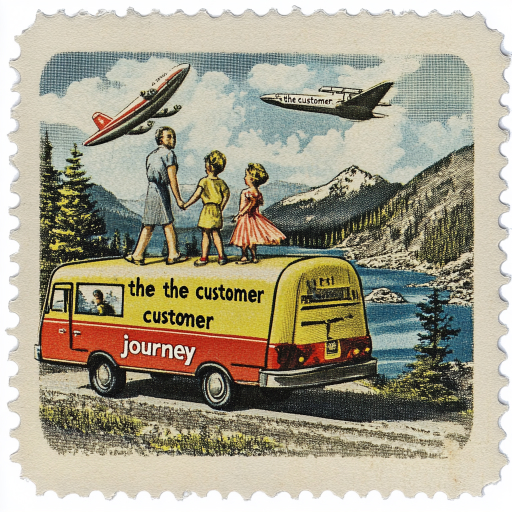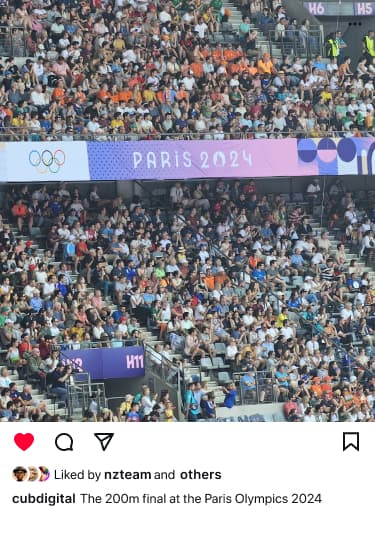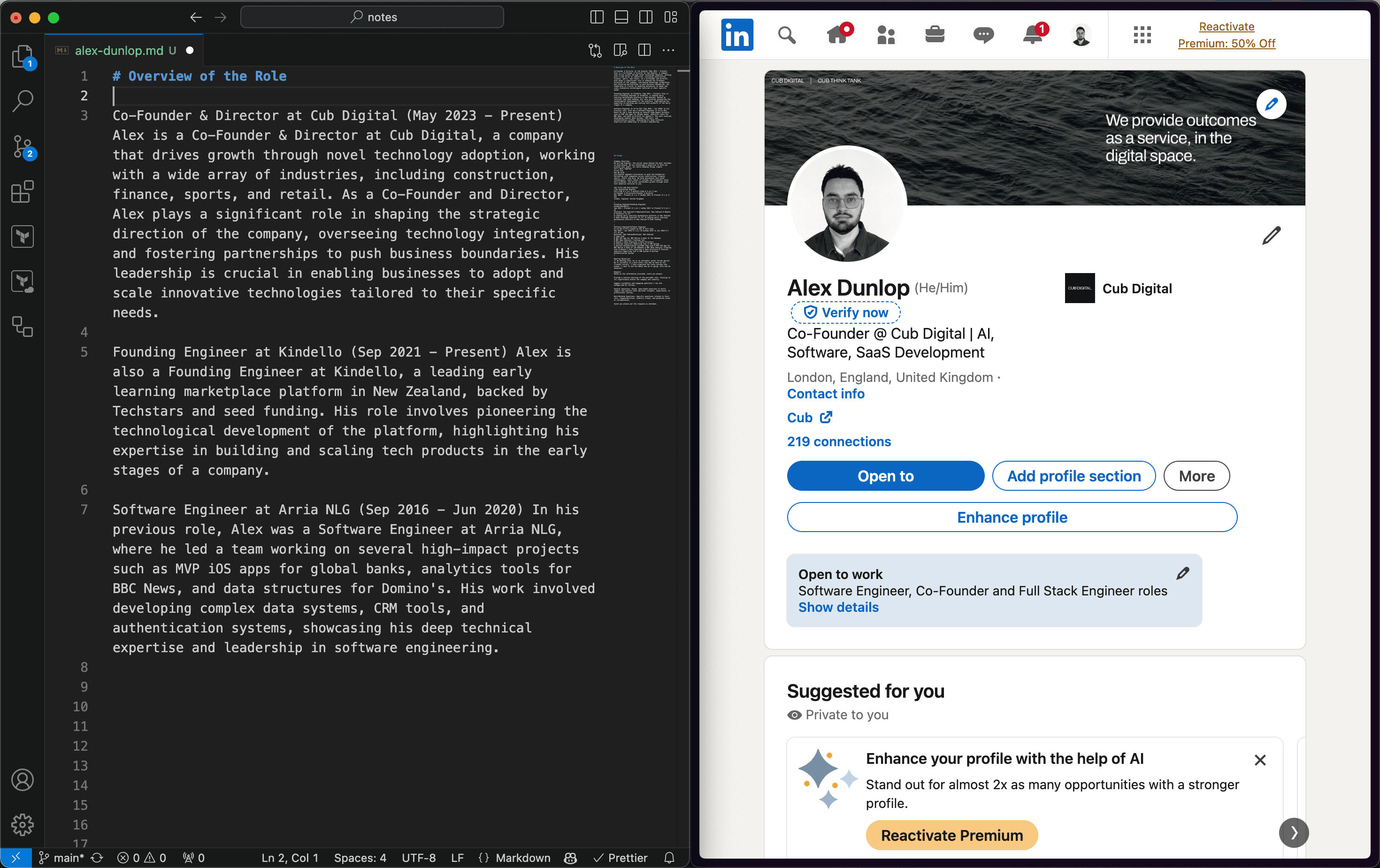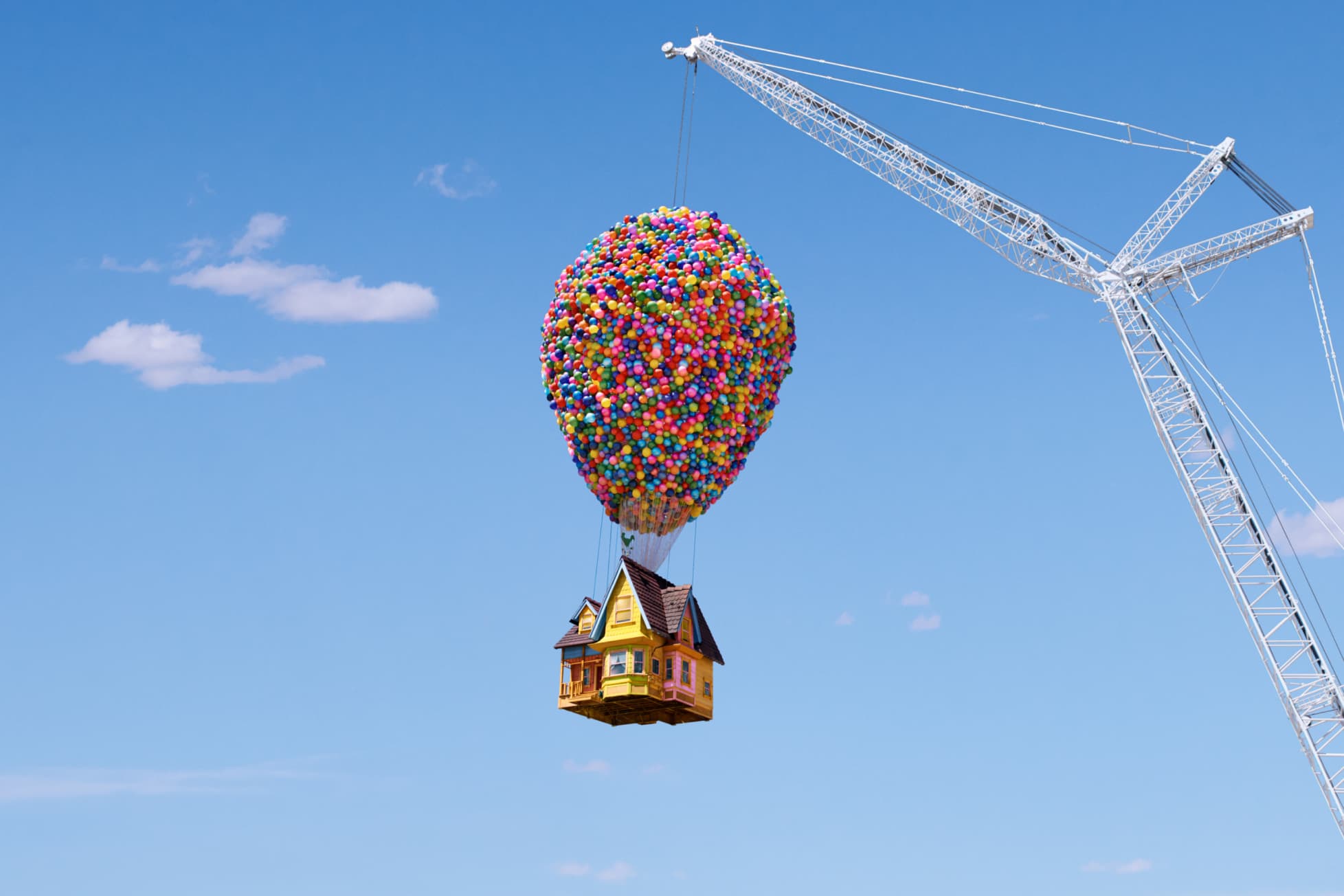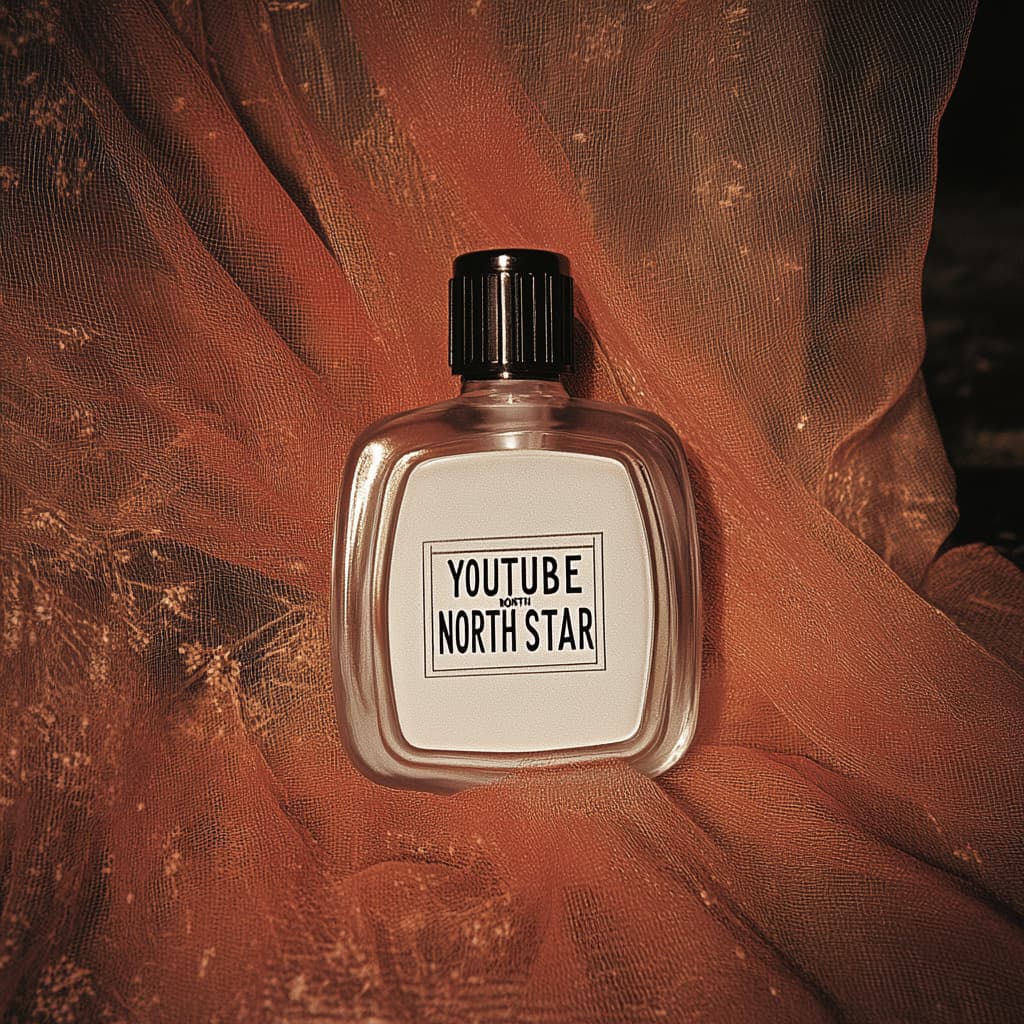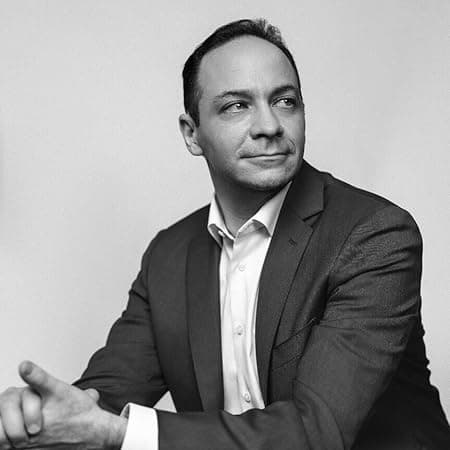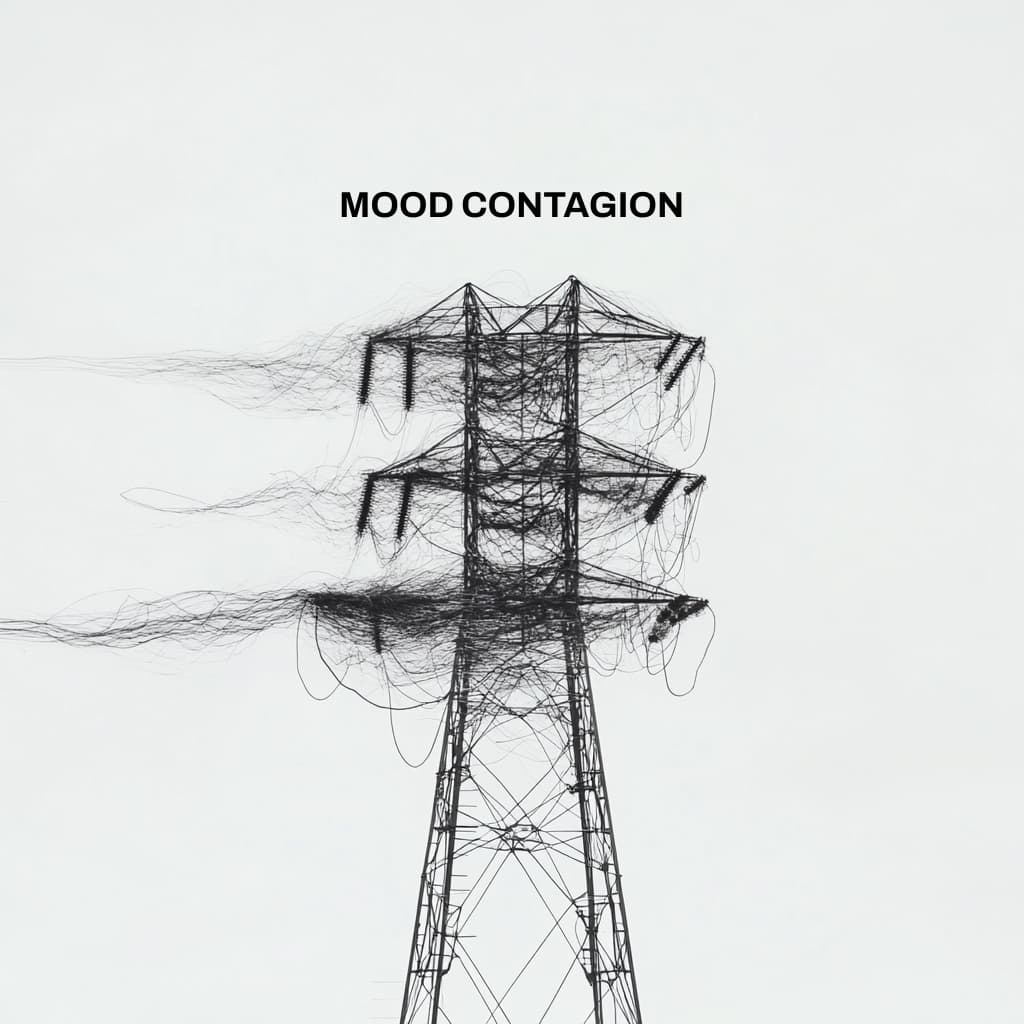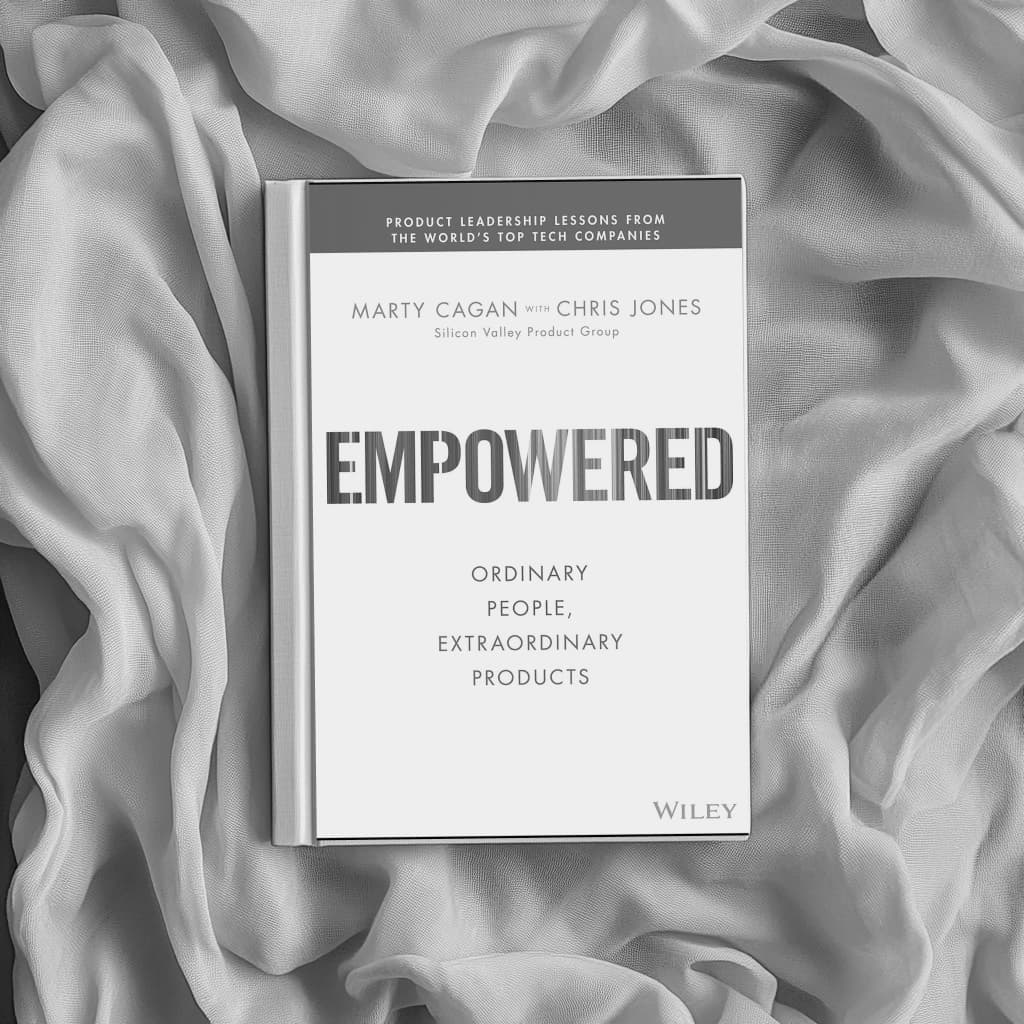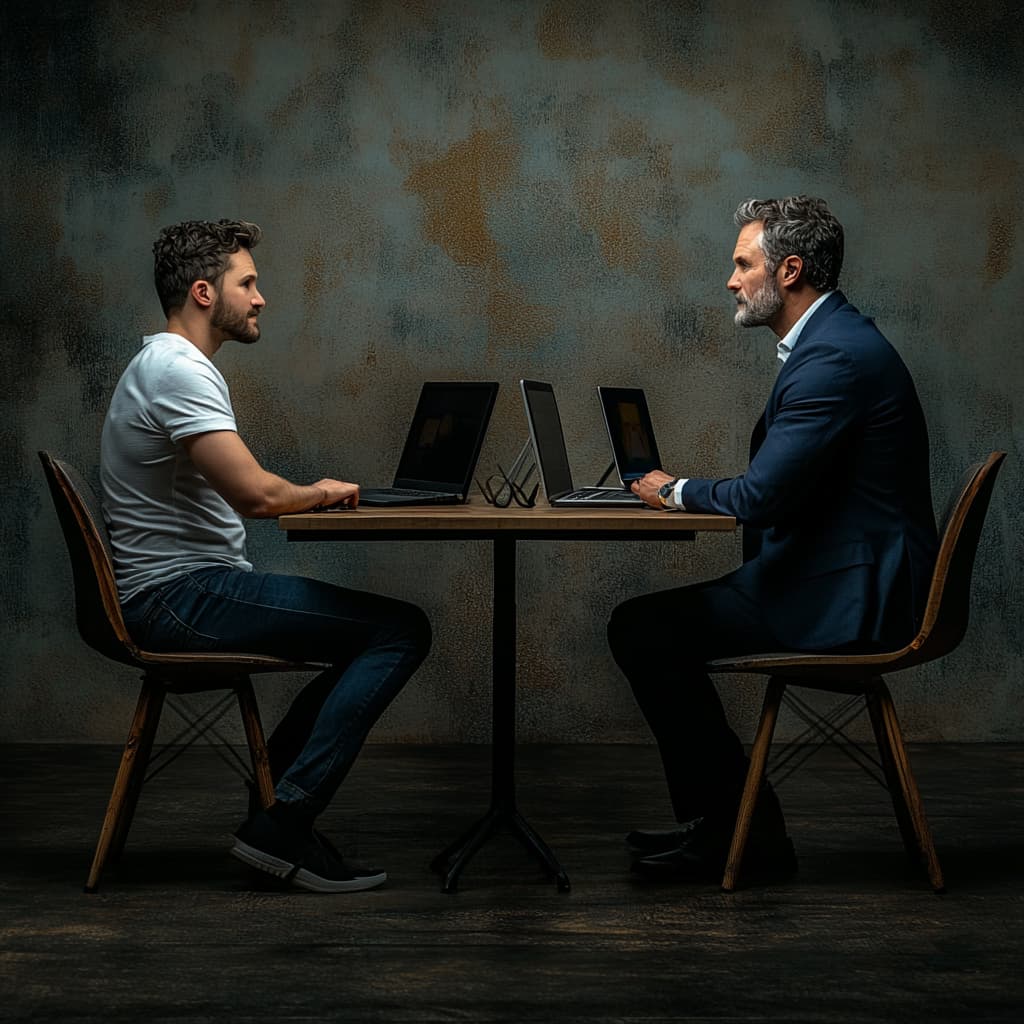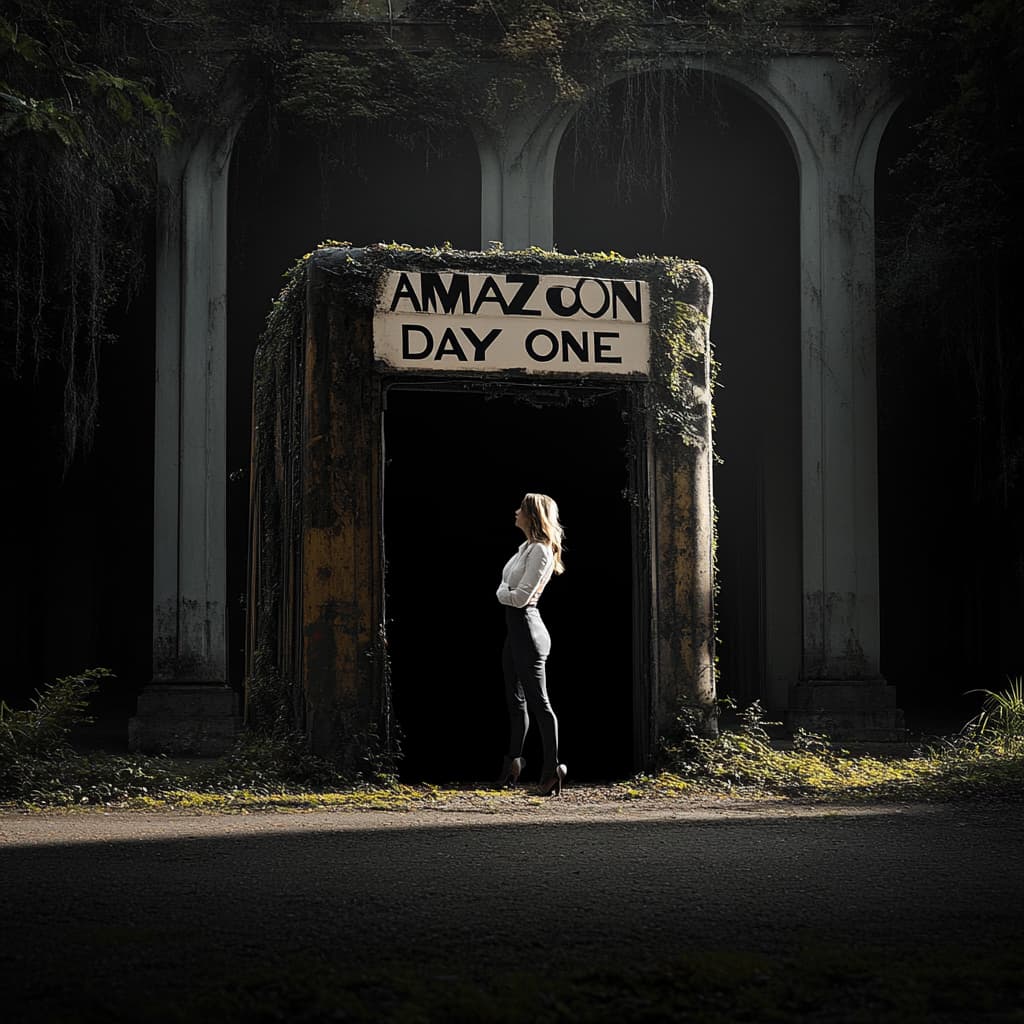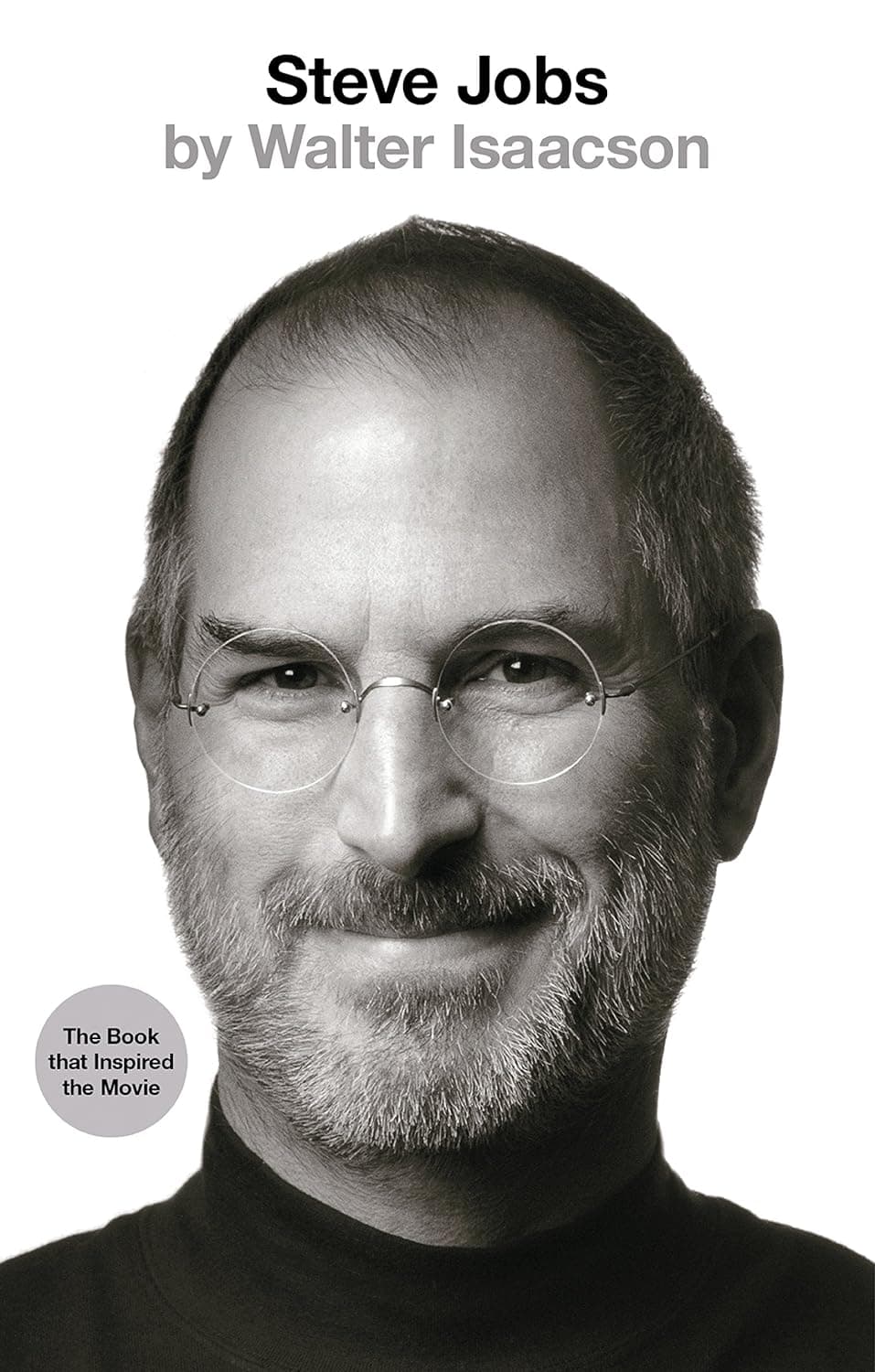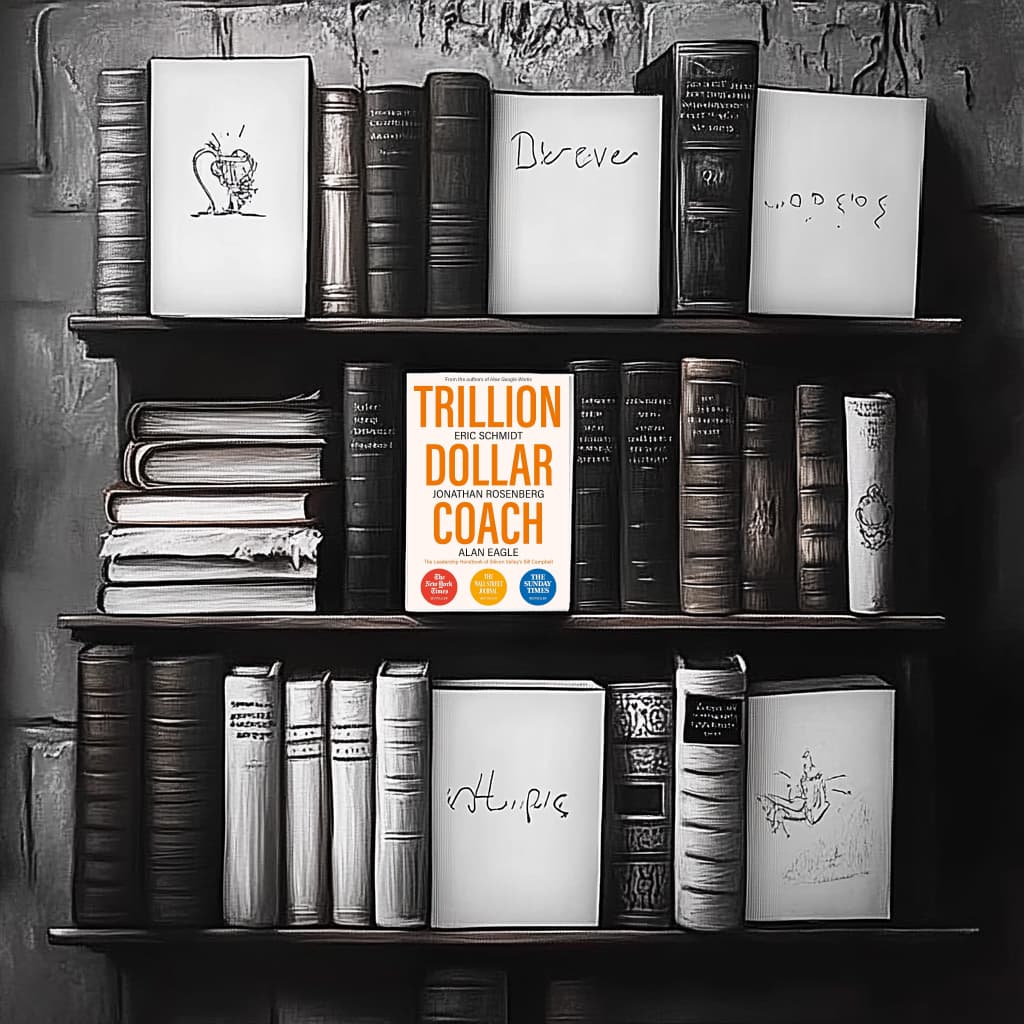A 5-Step Guide to Storyboarding your Customer Journey

GET THE #1 EMAIL FOR EXECUTIVES
Subscribe to get the weekly email newsletter loved by 1000+ executives. It's FREE!

No matter what type of business you run, storyboarding will help you.
This is a way to jolt you out of the day to day and consider everything from the customer's perspective.

I learnt about it doing background research on Airbnb and how they used it to transform their business.
If you are stuck with any of the following in your business:
- Lack of Customer-Centric Thinking
- Losing Sight of the Big Picture
- Over-Reliance on Left-Brain Thinking
- A Disconnect Between Departments
- Difficulty Communicating Complex Ideas
- Inefficient Decision-Making
Then this is for you.
What is Storyboarding?
It's a visual planning technique that originated in the animation industry. It involves creating a series of illustrations or images displayed in sequence to pre-visualize a motion picture, animation, motion graphic, or interactive media sequence.
Brian Chesky, implemented this method at Airbnb and said, "When you storyboard something, you're forced to make decisions you didn't even know you had to make."
I'll describe what the method is and then afterwards we will look how it helped Airbnb and Disney.
1. List out the steps in the customer journey
- This is the first step in the process.
- It's important to understand the customer's journey from start to finish.
A standard customer journey in this:

Airbnb's version:
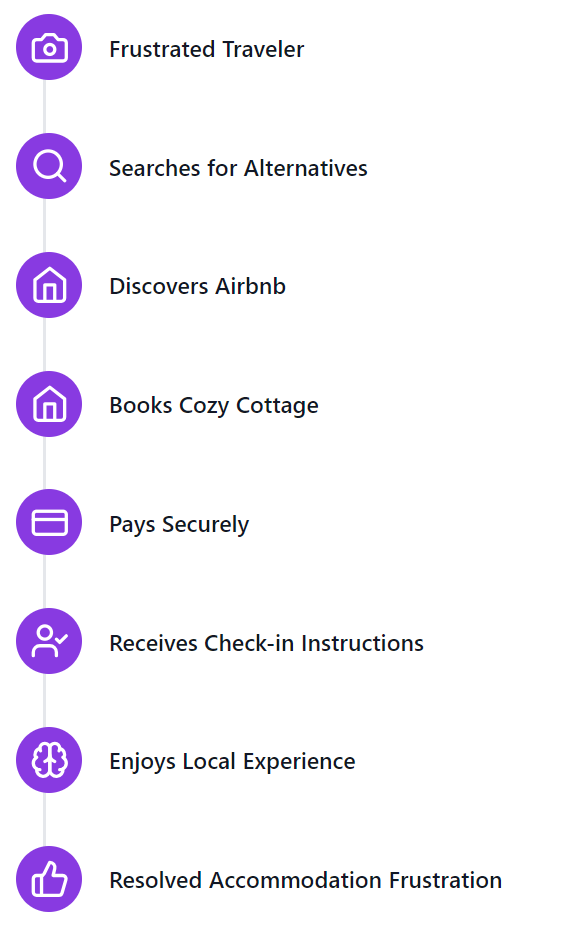

Airbnb broke their journey down into 45 steps. Some of these were right in the weeds, for example:
- The first time you login to the wifi
- The first time you use the shower
One of their storyboards started the first time they heard about Airbnb at a cocktail party and ended at another cocktail party where they were telling someone about their experience.
2. Identify Emotional Touchpoints
- For each stage of the journey identify the emotions that the customer is feeling.
- This is important as it helps you understand the customer's mindset.
- Think about your product only in the context to their life.
- For example, your product might be the 7th thing they have done that day.
- Airbnb would think about how many bags the customer was carrying and how they were feeling when they first arrived.
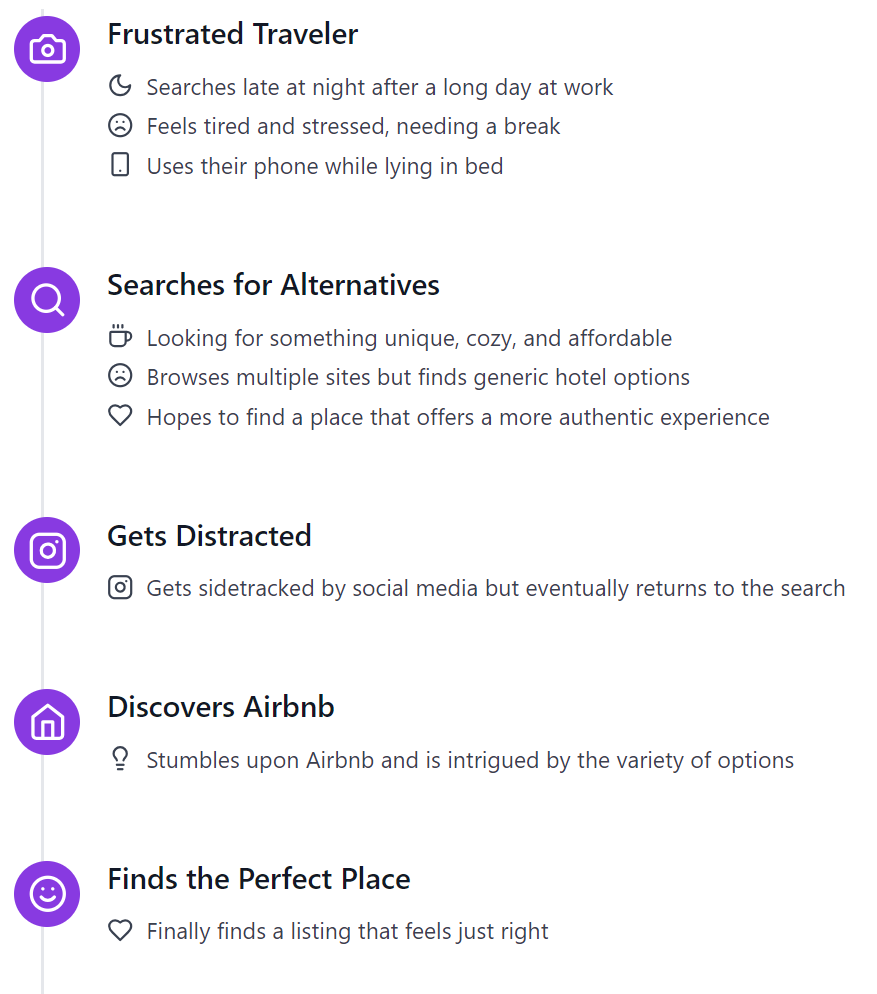
3. Think about time and transformation
- For each of the steps in the journey, think about a timeline.
- Think about the transformation that is happening particularly after a stage in the journey is completed.
- Think about their life before and after your product.
- What are they doing now that they couldn't do before?
For example I used to be a Civil Engineer. By the time someone first engaged with us, they usually had dealt with 10 other consultants on their house buying journey(architects, council etc) and were frustrated and just wanted a house.
By understanding their context, we realised that speed & certainty was important and so we aimed to get quotes back to them within 24 hours.
Airbnb imagined the money that the hosts were making and how that was changing their lives.
On the guests side, that might mean thinking about coming back home and telling their friends about the amazing experience they had.
All of these factors are clues to how your product or service sits within the customer's life and removes the blinders that you might have on were you think that your product is the most important thing.
4. Craft the Optimal Experience for the Customer
- Think about the ideal experience for the customer.
- What would make them feel like they had the best experience ever?
- This is the time to think big.
- What would make them tell their friends about it?
- What would make them come back?
The method here is to now walk through your storyboard and imagine the best possible experience for the customer. Again go back to the emotions that they feel.
What would you do at each stage if you had a billion dollars?
Airbnb uses a 10 star experience. Imagining something beyond what is possible.
Brian Chesky is still doing this to this day, just recently launching Airbnb Icons where you have the ability to stay in a house from UP! the movie.
5. Overlay your current experience
- Now overlay your current experience on top of this.
- What are the gaps?
- What are the things that you are doing that are not necessary?
- Where can you reduce friction?
- Can you do anything today to make the experience better without changing the product or spending any money?
Of course there will be gaps but the idea is to carve a path to the ideal experience.
Typically your business will have too many friction points particularly in your customer onboarding process. That is the first place to start. Think about ways that it can be made as simple as possible.
While forcing your customer to call you everytime might be how you have done it in the past, it's not the best experience for them. Most people want to book things online and so you should aim to make that as easy as possible.
Conclusion
There you have it, a creative way to reimagine your customer experience. I challenge you to give it a go for one use case in your business and see what you come up with.
Airbnb used this technique to transform their business. This Video shows some behimd the scenes of it and this article talks about the origination of the idea.
